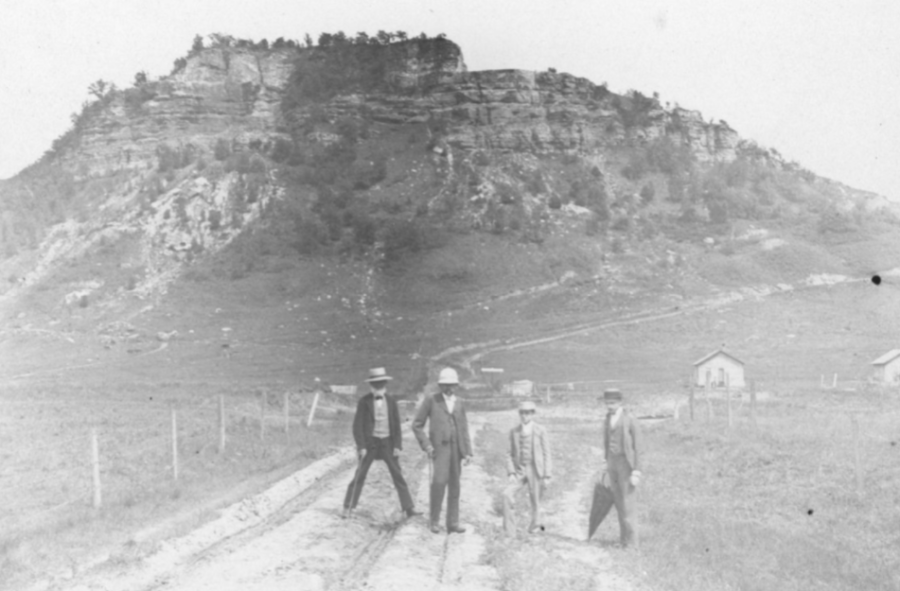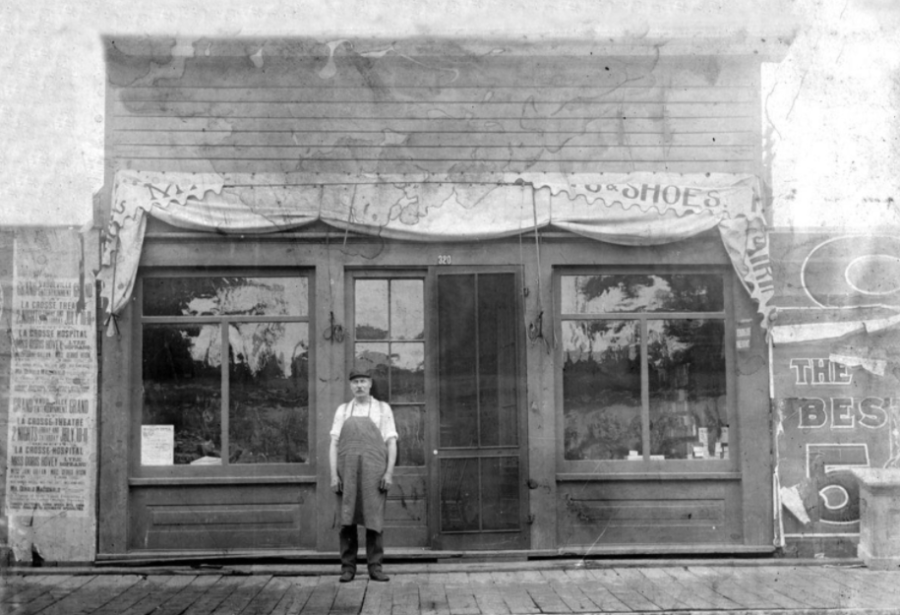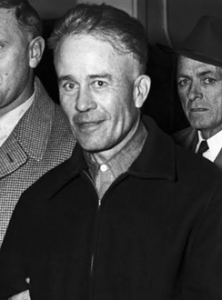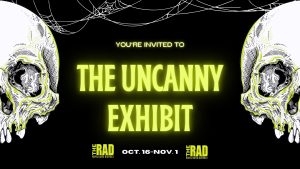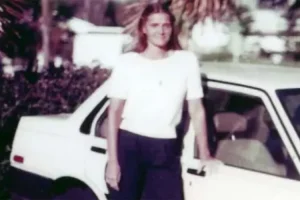Photo Series: Archive stories, feet in Goosetown
March 7, 2022
Driving west -on La Crosse Street leads you past numerous buildings and properties that are important to the La Crosse community. Along with the University of Wisconsin La Crosse, La Crosse Street has numerous businesses including, but not limited to, Howie’s on La Crosse, Rudy’s Drive-In, Bikes Limited, and even a Kwik Trip. Additionally, running south of La Crosse Street are numerous side roads that lead to residential areas as well as other businesses throughout La Crosse.
Down these roads that branch off into the rest of the communities exist representations of what La Crosse used to be. For example, on La Crosse St, before reaching the police station, if you take a left on Seventh street, and drive to the intersection with Badger Street, one of these representations comes into view.
On the southwest corner of the intersection lies a collection of buildings. One of the buildings, which exists on the far right of the collection, has an eye-catching look. While the backside is like any other place with a triangle shaped roof, the front stops the triangle frame with a rectangular wooden front. Obviously, it is clear to see that this building is from a bygone era and a plaque lying in the window of the building gives insight into the building’s past.
Along with other things, the plaque says that the “boomtown” false-front structure of the building was a type of building that was popular in the late 1800s. In fact, this building belonged to Carl Rediske. Rediske immigrated to the La Crosse area around 1883 from Germany and built the building for his cobbling business. Along with running a cobbling business, Rediske and his wife Anne raised their seven children in the La Crosse area.
After working for 60 years as a cobbler in his shop, Carl Rediske passed away at the age of 92 in 1948. But why save and restore Rediske’s old cobbler shop? What is so special about his building that it needed to be displayed?
On the plaque in the window of the shop, it states that, “The Rediske Cobbler shop is a tribute to the German heritage of this city and the hard work of an immigrant population.”
The importance in saving this cobbler shop lies beyond German heritage and hard work. Along with the statement that states what the shop’s restoration is in tribute to, the plaque also provides the original location of the building before it was re-located.
The plaque states that, “[Rediske] was trained as a shoemaker and opened this shop at 507 North 12th Street.” While today, the shop’s old location is in an odd spot, being right next to West Avenue, back in the 1800s this part of La Crosse was an immigrant community known commonly as, “Goosetown.”
Goosetown, which comes from the townsfolk’s habit of raising geese in their backyards, was an ethnic neighborhood that was host to people from all over Europe and beyond. Along with having a large German population, Goosetown had notable Scandinavian, African American, Polish and Jewish communities.
According to a report done by the Common Council of La Crosse, the area of Goosetown spanned from Third Street in the west to the eastern Bluffs and from the marsh in the north to the south end of Vine Street.
As time moved forward, Goosetown stayed the same. Development projects involved with UWL came and destroyed many of the standing businesses and homes to create room for more space for students to stay.
On top of that, according to the common council’s report, “the historic character of the area is non-existent and although many buildings are old, they are more decrepit than historical.”
As buildings were getting torn down around Carl Rediske’s old shop, it was ultimately a move of remembrance and history for the city of La Crosse to keep Rediske’s shop. The shop stands as a memory of a bygone era of La Crosse’s history. But it is an era that should not be forgotten.
UWL sits on a lot of the land that used to be the area of Goosetown. Nevertheless, the values of the old settlement still live on. Through ideas of a community filled with numerous different ideas and viewpoints, and the hard work ethic of any college student, Goosetown has grown from an old immigrant community into a philosophy to live by.

